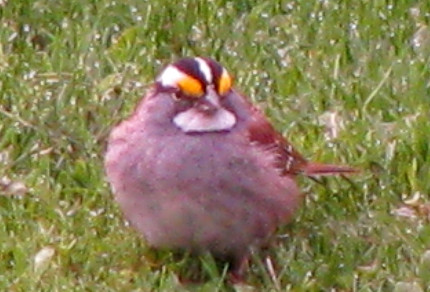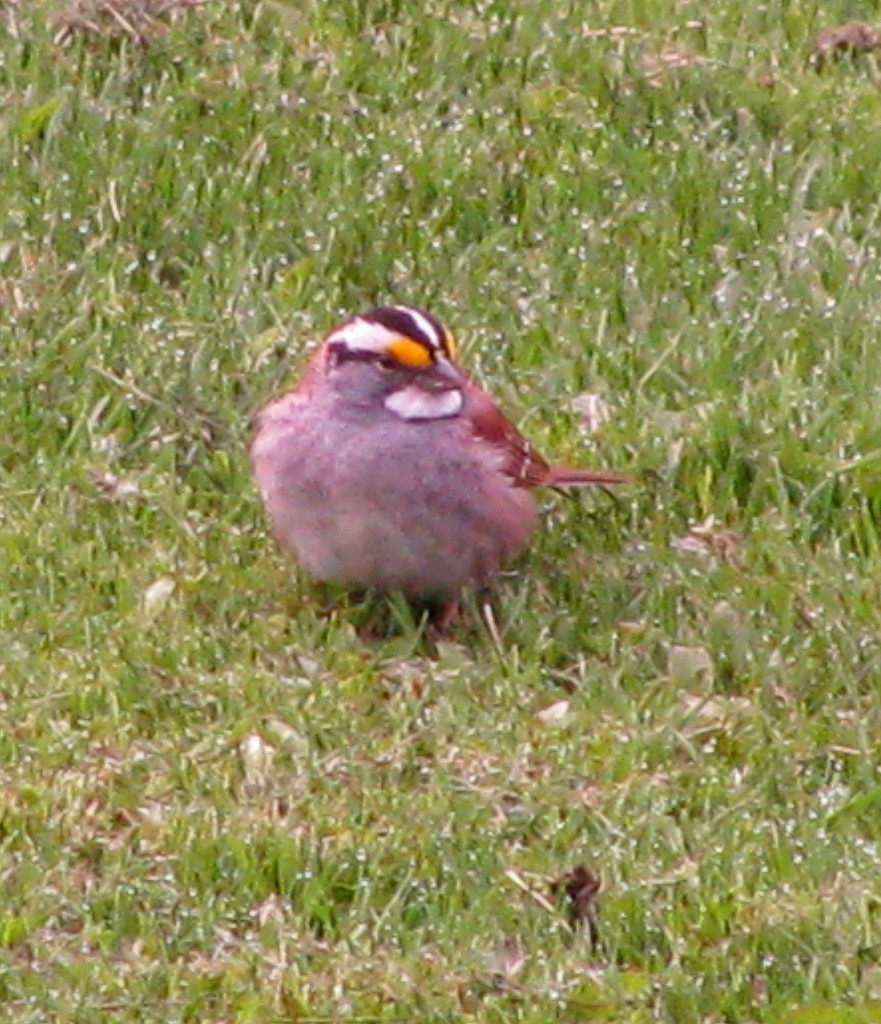
White-throated Sparrow, Zonotrichia albicollis (© Magi Nams)
This morning, while I ran on roads through woods and clearings, I was serenaded by the early songsters of the Nova Scotian spring dawn chorus – American robins, ruby-crowned kinglet, song sparrow, hermit thrush, yellow-rumped warbler, and a vigorous collection of white-throated sparrows, the last species’ bright, whistled ‘O-sweet-Canada-Canada-Canada’ songs ringing over the landscape. I heard my first white-throat of the year only last Thursday, and the following day heard my first hermit thrush. It was as though these species were the newest performers arriving and warming up for the most magnificent annual musical event Nova Scotia has to offer – the Maritime Breeding Bird Chorus.
The white-throats are a handsome lot, clean-cut and crisp in appearance, with their dramatic streaked heads, eye-catching splashes of yellow in their eyelines, and pure white throats surrounded by unstreaked grey. Members of the avian family Emberizidae, they occur as two colour morphs, with one morph having a white eyeline behind the yellow splash (like the bird in the photos), and the other morph having a tan eyeline.
While an undergraduate student in the Department of Zoology at the University of Toronto in the mid-1970’s, Vilis spent a summer working as an assistant to Dr. Bruce Falls, an ornithologist researching white-throated sparrows in Algonquin Park in northern Ontario. Falls was the first scientist to experimentally test whether birdsong functions to keep intruders out of territories, and he used the clean-cut white-throats as his research subjects.
So, how does one go about setting up such a test? First, Vilis and other assistants (slathered with DEET to ward off the black flies and mosquitoes) recorded calls of individual sparrows several times during the day to determine how frequently the males sang. Study of the recorded calls revealed that the song of each male was unique and consistent, featuring notes of three pitches that were identified using a pitch pipe. In some of the individuals’ songs, the notes went up and in others, they went down; however, the notes and note patterns were consistent for individual birds.
Armed with this knowledge, the research crew set out to map the breeding territories of individual male whitethroats, that is, the area that the males defended against intruders and within which they mated and raised their offspring. To do this, the researchers went out and found territorial males whose songs they had recorded, and then played the calls of strange males. When irate whitethroats swooped at the playback recorders the crew held, which equated with attacking intruding male whitethroats, the researchers knew they were in the residents’ territories. When Vilis or the other assistants unknowingly stepped outside the borders of the defended spaces and played strangers’ calls, the resident males flew only so far and then stopped. Thus, the boundaries of the territories were established. “It was kind of fun,” Vilis said of the diminutive songbirds’ swooping attacks.
With territories established for many whitethroat males, the next step was the cruncher. The researchers live-trapped territorial birds, put them in cages, and removed them from their territories. They then carried out three experimental treatments designed to show the significance of the males’ songs. In some of the territories, the researchers played the absent male’s song. In some, they played a stranger’s call. In some, they played nothing. Then they watched and listened.
What do you think they observed? When the resident male was gone and no song was played, it took only half a day to a day for an intruder to move in. However, when an absent male’s song was played in his territory, it took several days for the territory to be invaded. After a territory was invaded, the resident male was returned by the researchers to his hard-earned territory and promptly booted out the intruder. So, the songs of territory-holding whitethroats definitely kept intruders at bay, and the same has since been shown for other species. Now, that was a cool piece of research!
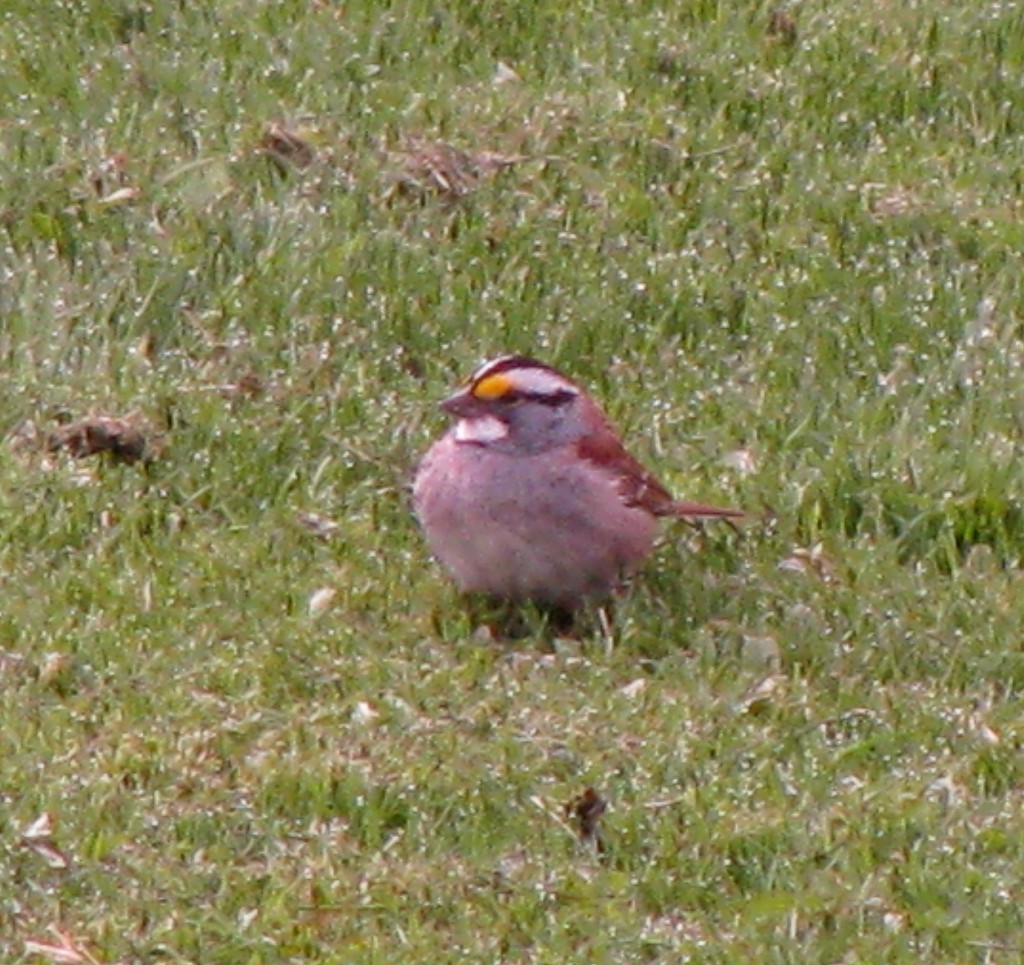
White-throated Sparrow (© Magi Nams)
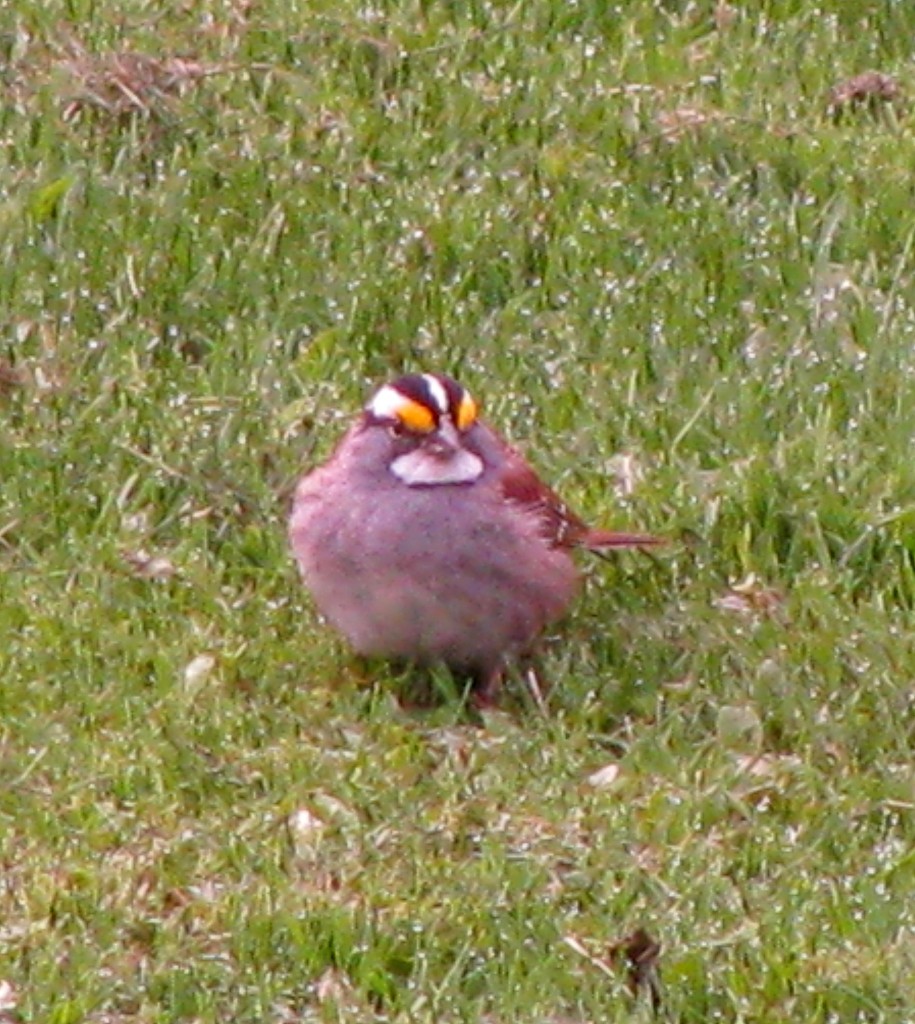
White-throated Sparrow (© Magi Nams)
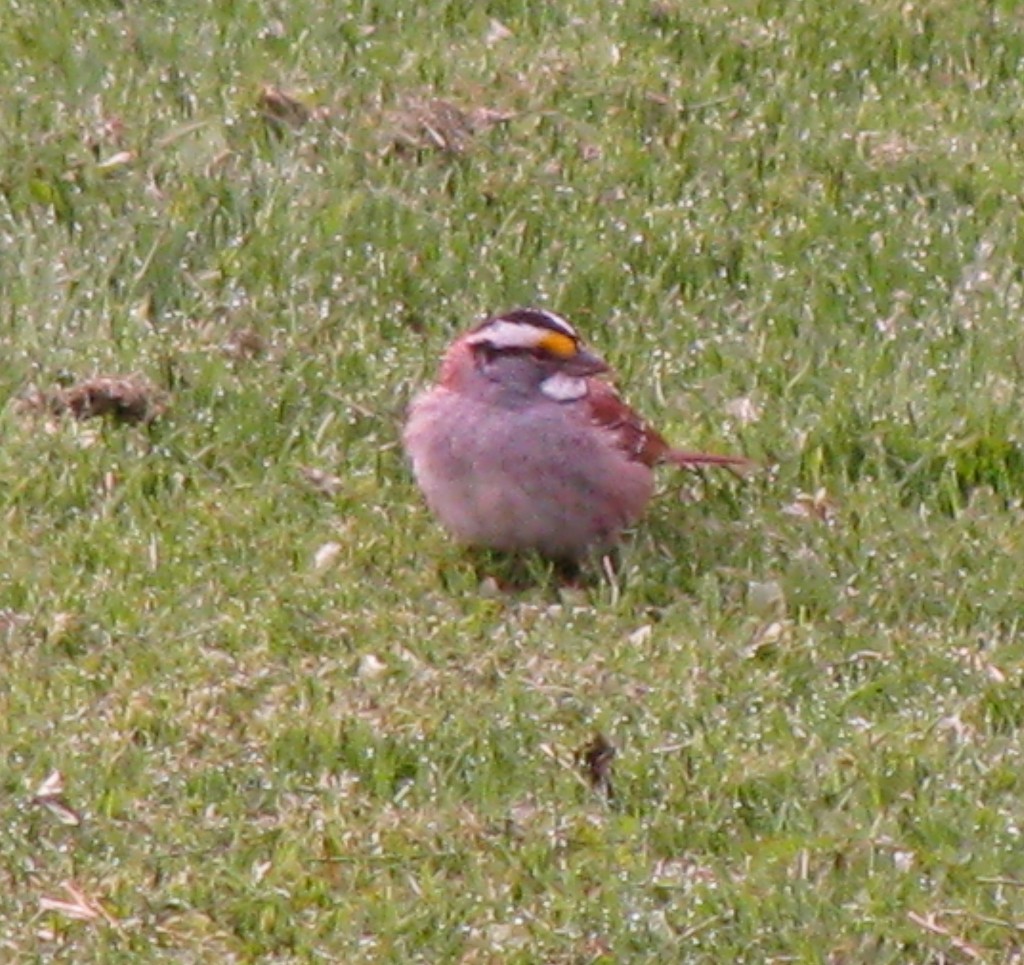
White-throated Sparrow (© Magi Nams)
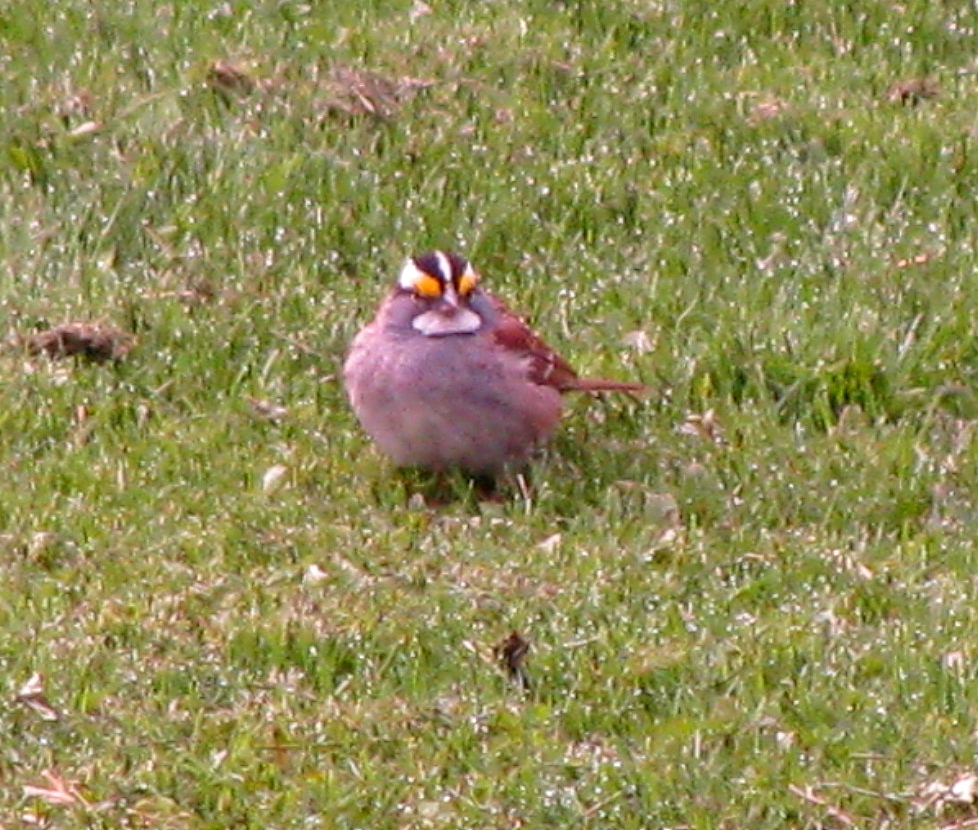
White-throated Sparrow (© Magi Nams)

